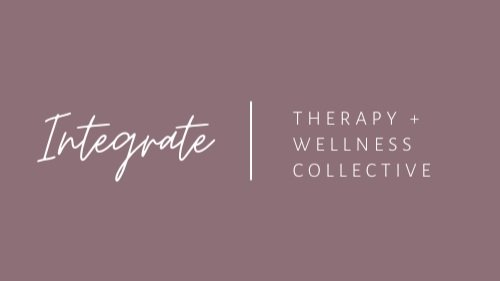How to Know If You’re in Survival Mode & How to Shift Out of It
By: Ambur Gregorio, LCSW
Life can be overwhelming, and sometimes we find ourselves just getting through the day rather than truly living. If you feel constantly on edge, exhausted, or emotionally drained, you might be stuck in survival mode — a state where your nervous system is focused solely on getting by rather than thriving.
In this blog post, we’ll explore what survival mode is, how to recognize it, and most importantly, how to shift out of it so you can move toward a more balanced and fulfilling life.
What Is Survival Mode?
Survival mode is your body and brain’s way of coping with prolonged stress or trauma. It’s a built-in mechanism designed to protect you when you’re in danger. However, when stress becomes chronic, your system can get stuck in this heightened state, making it difficult to rest, connect, and experience joy.
When you’re in survival mode, your nervous system operates from a place of fight, flight, freeze, or fawn, which can affect your emotions, thoughts, and behaviors.
Signs You Might Be in Survival Mode
You feel emotionally numb or detached. You struggle to connect with your emotions or feel disconnected from loved ones.
You’re always exhausted. No matter how much you sleep, you feel drained and fatigued.
You have difficulty concentrating. Your brain feels foggy, and it’s hard to focus or retain information.
You’re constantly on edge. Even minor stressors feel overwhelming, and you may startle easily.
You engage in avoidance behaviors. You find yourself avoiding responsibilities, social interactions, or anything that feels emotionally challenging.
You feel stuck. No matter what you do, it feels like you’re just going through the motions without making progress.
If these symptoms resonate with you, know that you are not alone. Many people, especially those who have experienced trauma, find themselves in survival mode without even realizing it.
How to Shift Out of Survival Mode
Breaking free from survival mode or trauma response requires intentional steps to regulate your nervous system and create space for healing. Here are some practical strategies:
Start with Awareness
The first step in shifting out of survival mode is recognizing that you’re in it. Bringing awareness to your physical, emotional, and mental state can help you start making small but powerful changes.
Try this: Set aside a few moments each day to check in with yourself. Ask:
How does my body feel right now?
What emotions am I experiencing?
What do I need at this moment?
Prioritize Nervous System Regulation
Since survival mode is tied to your nervous system, focusing on somatic (body-based) healing techniques can help bring your system back into balance.
Try this:
Deep breathing (e.g., box breathing: inhale for 4 seconds, hold for 4, exhale for 4, hold for 4)
Grounding exercises (e.g., notice five things you see, four things you feel, three things you hear, two things you smell, one thing you taste)
Gentle movement (e.g., stretching, yoga, walking)
Create Safety in Your Daily Life
Your nervous system needs to feel safe to shift out of survival mode. This means creating routines and environments that foster a sense of security.
Try this:
Establish a consistent sleep schedule
Set small, achievable goals to regain a sense of control
Spend time in calming spaces (nature, quiet rooms, or cozy environments)
Nurture Connection and Support
Survival mode often makes people withdraw from relationships, but connection is essential for healing.
Try this:
Reach out to a trusted friend or loved one
Consider working with a trauma-informed therapist who understands the impact of survival mode (Check out Integrate Therapy & Wellness Collective for professional support)
Join a support group or community focused on healing
Practice Self-Compassion
Survival mode can bring up feelings of shame or frustration. Instead of judging yourself, offer yourself kindness.
Try this:
Speak to yourself like you would a dear friend
Write down three things you appreciate about yourself each day
Accept that healing is a process, and it’s okay to move at your own pace
Slowly Reintroduce Joy and Pleasure
When you’re in survival mode, joy often takes a backseat. But even small moments of pleasure can help signal to your nervous system that you are safe.
Try this:
Listen to music that makes you feel good
Engage in hobbies or creative activities you once enjoyed
Watch a funny movie or spend time with pets
Healing Is Possible
If you recognize yourself in this post, know that you are not broken. You are responding in a way that makes sense based on your experiences. The good news is that healing is possible, and you don’t have to do it alone.
If you’re looking for support, Integrate Therapy & Wellness Collective specializes in EMDR, somatic therapy, and trauma healing to help you move beyond survival mode and into a life where you can truly thrive.
Take the first step today. You deserve it.
